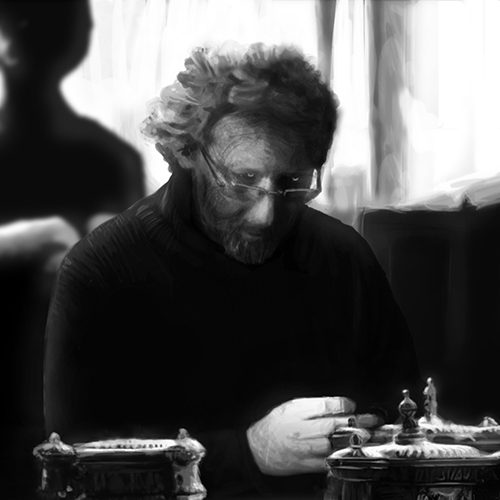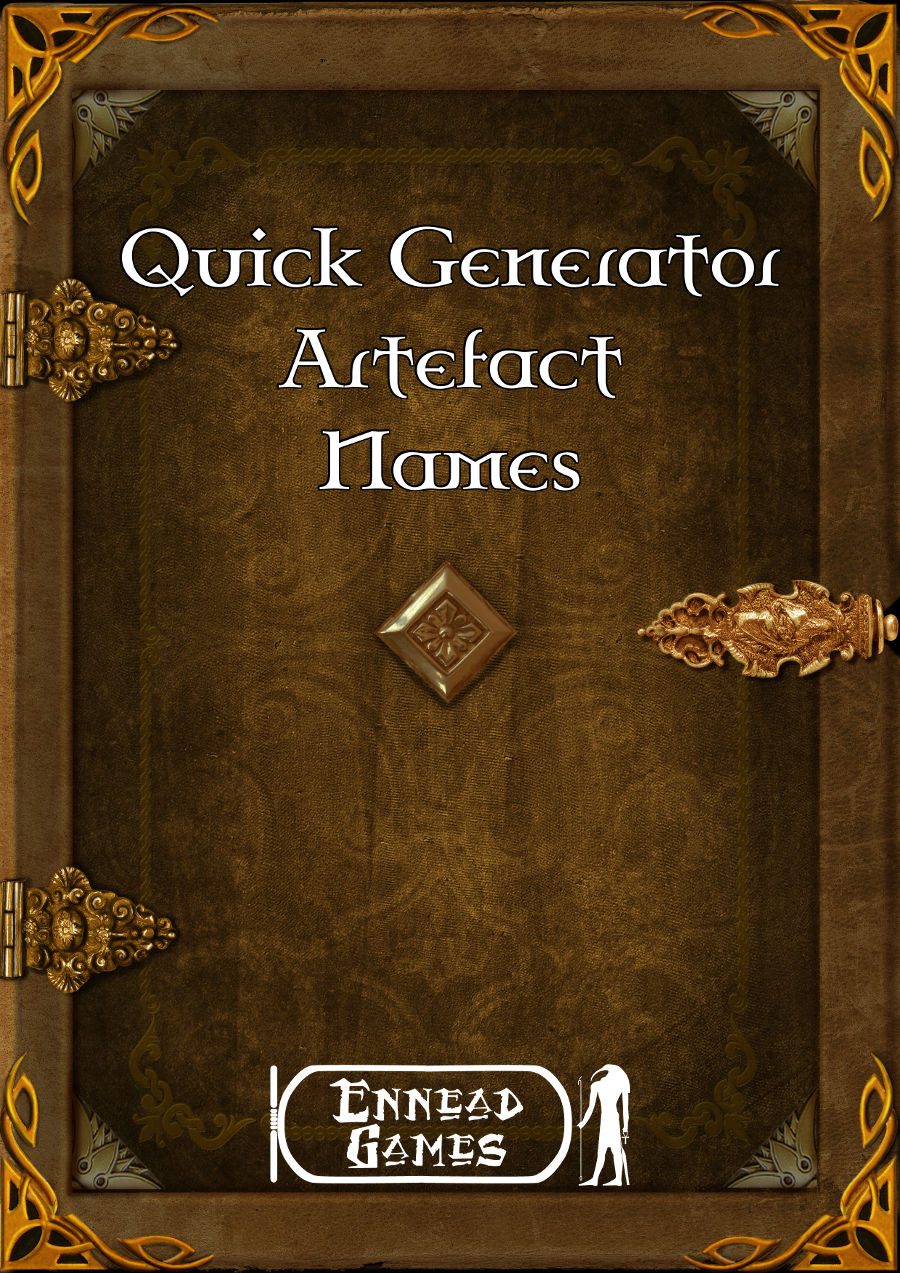
Plot vs. Story, Part 3: More Lost Plot
Phil Nicholls blogs at Tales of a GM, where he writes about narrative gaming, faster prep and more story. He is currently running a HeroQuest Glorantha campaign in a home-brew setting. Phil has written for Johnn Four’s Roleplaying Tips newsletter and produced a selection of self-published pdfs.
This essay is taken from the archives at Tales of a GM.
For the past two weeks I discussed the competing terms “plot” and “story”. For my essay this week, I conclude the mini-series. The topic for today is the GM-focused options for when the Players simply ignore a GM’s carefully crafted plot.
Possible Causes
As noted last week, I see five options for dealing with the problem of Players who refuse to engage with the presented plot. Your options are:
- Re-engage the Players
- Explain the Tropes
- Keep the Wheels Turning
- Bait and Switch
- Run with the Ball
The first two options are Player-focused and were discussed last week. Today I address the last three GM tactics. These are more subtle options, rather than simply stopping the game in its tracks and discussing the issue with the Players.
Keep the Wheels Turning
The first of these techniques is the most realistic. Suppose the plot hook is a map leading to the dungeon of a necromancer. The Players are offered the map, but are not interested. Rather than push the issue, the GM decides to simply let the plot keep working away on its own.
Thus, without any intervention from the Heroes, the necromancer is able to work in peace and perfect his rituals. Now the necromancer is gathering an army. A new set of rumours are presented to the Heroes. If the Players still refuse to bite, then just keep upping the ante until the situation is so serious they cannot ignore it. By the time the undead hordes are besieging the city, you will have the Players’ attention.
By keeping the wheels of the plot turning in the background, the GM creates a sense of a living world, where events happen independent of the Heroes. This technique also creates an interesting dilemma for the Players if you present them with several hooks. The Players will weigh their decisions carefully in the knowledge that whatever threat they ignore now, it will turn into a greater one at a later date. This is an excellent way to run a campaign, involving important decisions for the Players.
Bait and Switch
Another option for the GM is to bait and switch. By this I mean, use whatever hook the Players follow to lead back to the original plot. Thus, suppose the Players ignore the necromancer’s dungeon, and decide to solve the mystery of some stolen cows. Simply make the trail lead to bandits supplying meat to the necromancer’s dungeon.
This method is a little more interventionist by the GM, and needs careful handling. There is real choice here, as the Players are choosing how to interact with the main plot. Ensure there are benefits from this choice, such as additional information about the dungeon from the bandits, or the gratitude of the peasants.
The risk here is that Players see the GM controlling the story, guiding it ever back to her chosen plot. Be subtle about the connections, and this can work for you. If you are too overt in bringing the story back to the favoured plot, then it can affect the Player’s trust in you. So, handle with care.
Run with the Ball
The last option is for the GM to simply play along with what the Players want to do. Unless you have a strong attachment to your plot, there is a fair chance that whatever the Players come up with will be just as much fun. Indeed, I have found the Player-led plots to be more fun than my own, as there is greater Player engagement with the story.
This technique does require a lot more improvisation on the part of the GM, which may not suit everyone. I am lucky enough to use a mechanically simple set of rules, so it is easy enough to improvise abilities at the table. Other rules sets may not accommodate this approach quite so well.
Conclusion
So, if your Players reject the plot you offer them, then you have several ways of dealing with the issue. The best options are the more subtle ones where the GM weaves the plot back into the story, or simply runs with the Players’ suggestions. However, in extreme cases, a plot rejection may indicate some disconnect between the game the GM intends and what the Players want to do.
How do you deal with Players ignoring your plot? Have you ever tried following a Player-led story? How did that work out for you? Share your thoughts with your fellow GMs in the comments below.
Happy Gaming
Phil
For more essays from Phil, and updates about his latest campaign, visit Tales of a GM.




2 thoughts on “[Tales of a GM] – Plot vs. Story, Part 3: More Lost Plot”
Comments are closed.